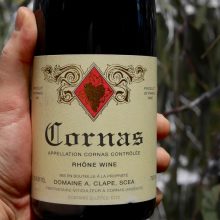
Product information
Auguste Clape Cornas 2018
Shiraz/Syrah from Rhône Valley, Northern Rhône, France, Cornas
$360
Description
Clape’s masterpiece is, of course, the classic Cornas, precisely blended from five to six cuvées of the oldest vines in the best sites. The backbone comes from Reynard, La Côte and Sabarotte. The old vines here are la Petite Syrah—the old clone considered by many to be the true Syrah—which creates a stunningly deep and complex wine that will develop for decades.
In stock
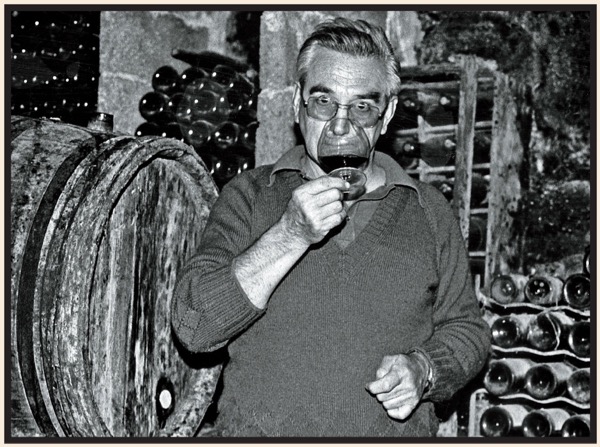
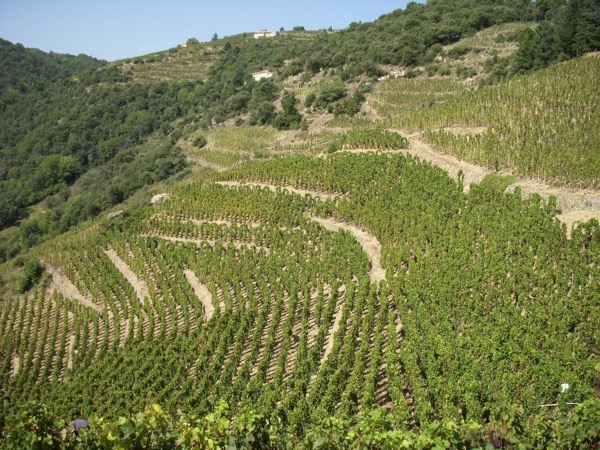
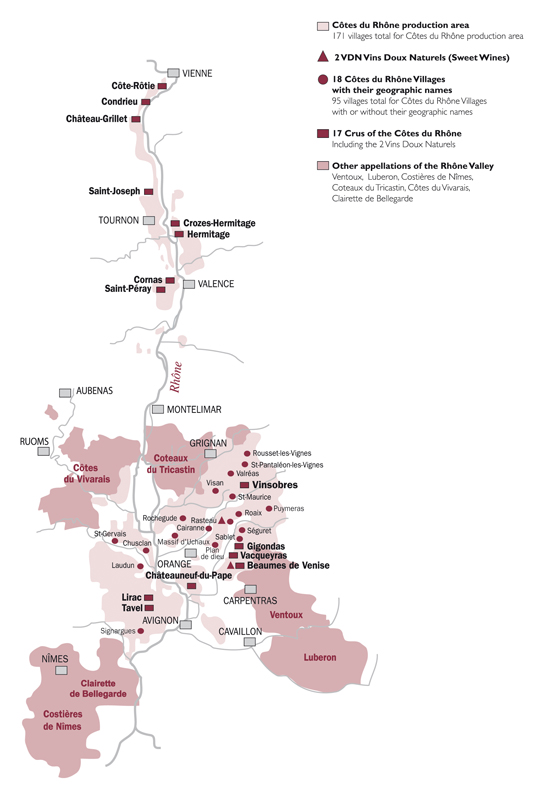
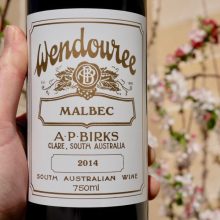
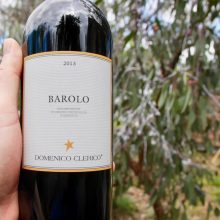
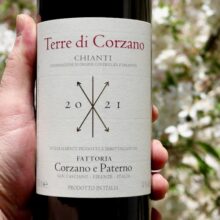
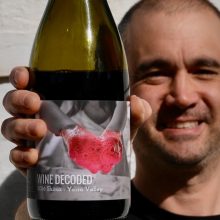
You must be logged in to post a comment.